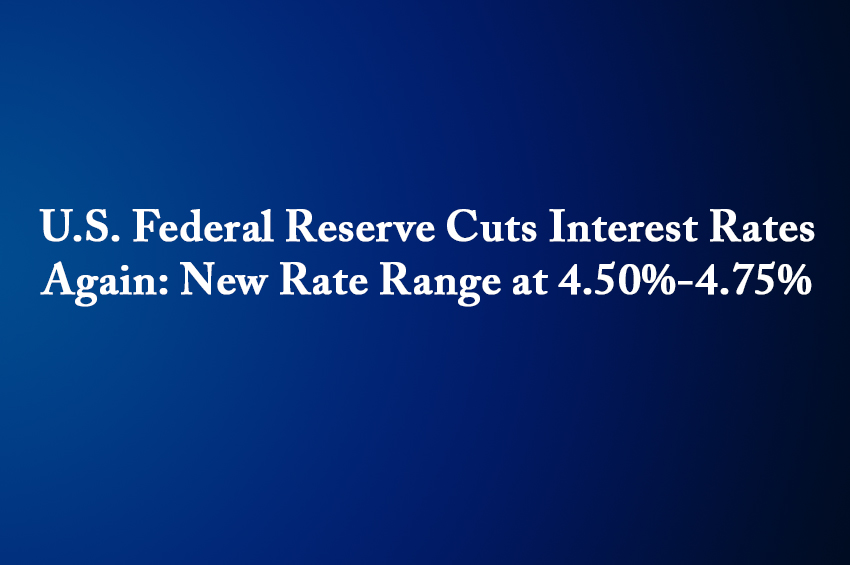Winning Bizness Desk
Mumbai. The U.S. Federal Reserve has lowered interest rates by 25 basis points (0.25%), bringing the range to 4.50%-4.75%. This cut follows a previous rate reduction of 50 basis points (0.5%) on September 18. Prior to these recent adjustments, the Fed hadn’t cut rates since March 2020, marking the September reduction as the first in nearly four years. The Fed had been steadily raising rates from March 2022 through July 2023 to combat inflation, increasing rates a total of 11 times during that period.
Consistent Policy Approach in 2023
Throughout 2023, the Fed kept interest rates steady in three consecutive policy decisions, aligning with market expectations. On July 26, 2023, it held the rate range at 5.25%-5.5%. However, the Fed signaled that rate cuts could be expected in 2024, potentially bringing rates down to around 4.6%.
Understanding the Federal Rate and Its Impact
The federal rate, set by the Federal Reserve, determines the interest banks charge each other for overnight loans. However, it also influences consumer debt, mortgages, credit cards, and auto loans. Lowering this rate can make borrowing cheaper, affecting individuals and businesses alike.
Impact of Interest Rate Cuts on the Economy
Economists and stock market analysts suggest that lower interest rates can lead to positive market movements, as investors anticipate easier access to funding. However, excessive cuts might signal economic weakness, causing investor confidence to falter. Conversely, too small a cut can disappoint markets that expect a more substantial reduction to stimulate growth. Additionally, if rate cuts are delayed, they could slow job growth, as companies may hesitate to expand due to higher borrowing costs.
Interest Rates as a Tool to Manage Inflation
Central banks, including the Fed, use interest rates as a powerful tool to manage inflation. When inflation is high, the central bank raises policy rates to reduce the money flow in the economy. This makes borrowing more expensive for banks, which in turn increases loan costs for consumers. As borrowing costs rise, spending decreases, leading to lower demand, which helps bring inflation down. On the other hand, when the economy is in a downturn, the central bank may cut policy rates to stimulate growth. Lower rates make it cheaper for banks to borrow from the Fed, enabling them to offer lower rates to consumers. This encourages spending and investment, increasing money flow and aiding economic recovery.


